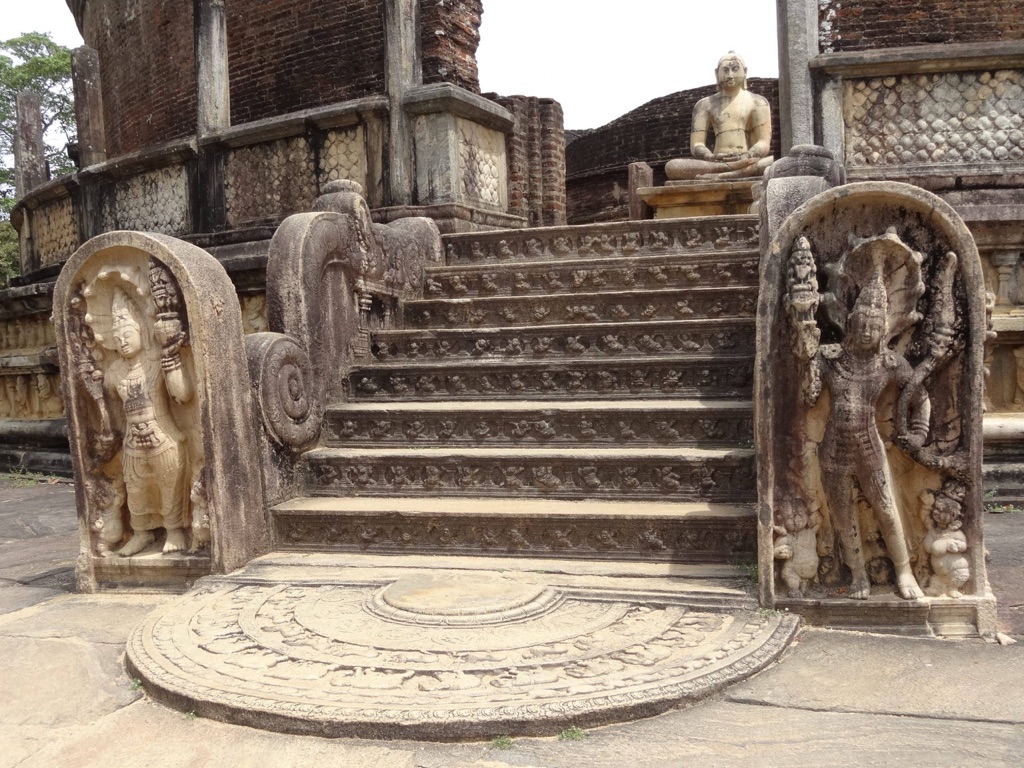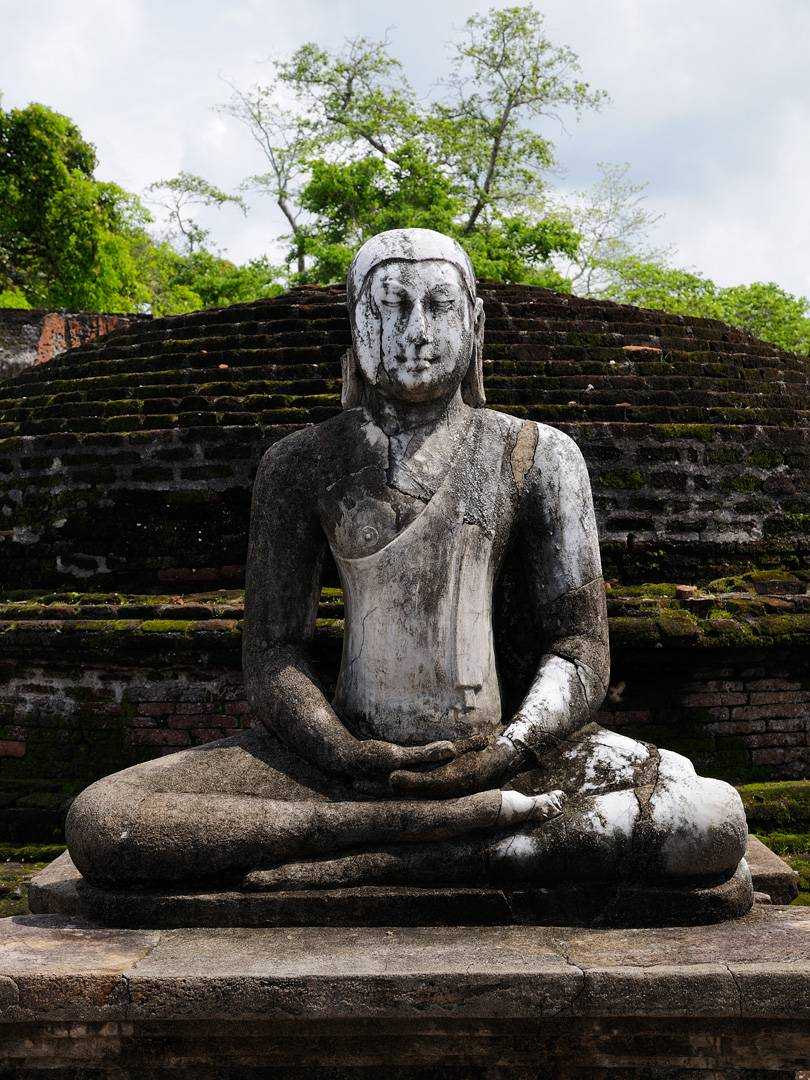Summary
The Polonnaruwa Vatadage is a stunning historical relic located in the ancient city of Polonnaruwa, Sri Lanka. It’s a circular relic house known for its intricate stone carvings and architectural brilliance. The Vatadage was built during the Polonnaruwa period, which is considered the golden age of Sri Lankan art and architecture. This structure is believed to have housed the sacred tooth relic of the Buddha, making it a significant site for Buddhists worldwide.
Get your dose of History via Email
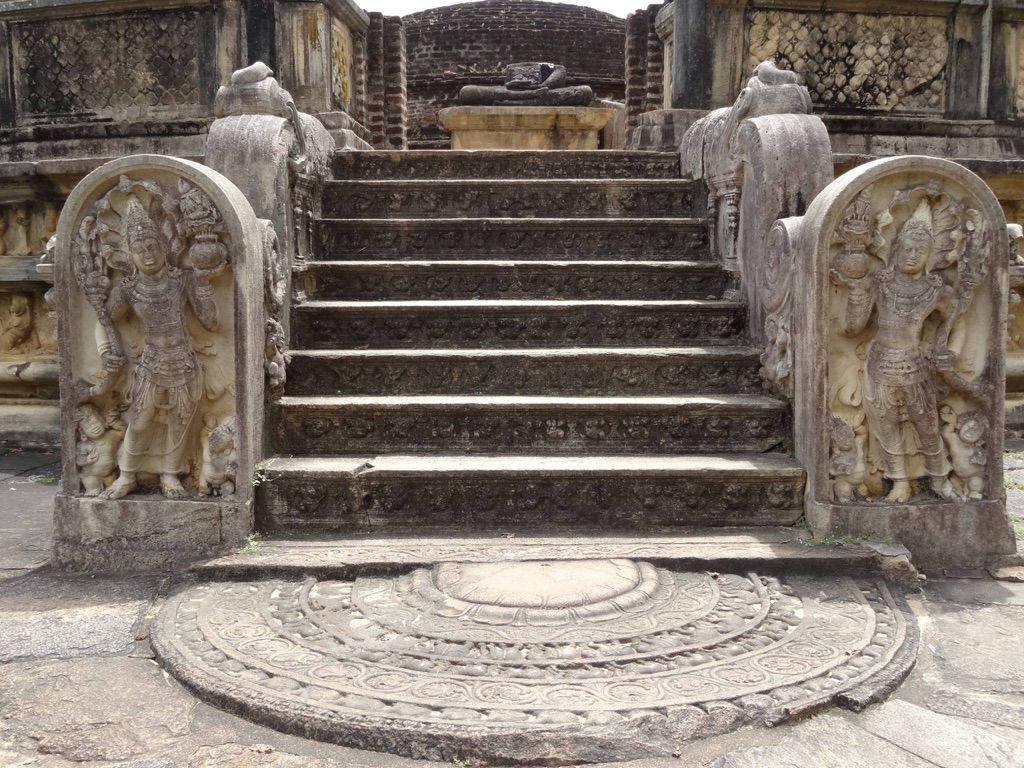
Historical Background of Polonnaruwa Vatadage
The Polonnaruwa Vatadage was built during the reign of King Parakramabahu I in the 12th century. However, some believe it was King Nissanka Malla who completed the structure. The Vatadage was part of the royal palace complex and was a prominent feature of the city’s sacred quadrangle.
Over the centuries, the Vatadage has undergone several restorations. The most significant restoration took place in the 1930s under the guidance of the Department of Archaeology in Sri Lanka. Despite these restorations, the Vatadage remains a testament to the architectural prowess of the ancient Sri Lankans.
The Vatadage was not just an architectural marvel, but also a religious center. It is believed to have housed the tooth relic of the Buddha, making it a significant site for Buddhists. The tooth relic is considered one of the most sacred Buddhist relics and is currently housed in the Temple of the Tooth in Kandy, Sri Lanka.
Today, the Polonnaruwa Vatadage stands as a symbol of Sri Lanka’s rich history and cultural heritage. It is a popular tourist attraction and is part of the UNESCO World Heritage Site of the Ancient City of Polonnaruwa.
The Vatadage’s historical significance extends beyond its physical structure. It is a testament to the religious devotion and architectural skills of the ancient Sri Lankans. Its intricate carvings and design continue to inspire and awe visitors from around the world.
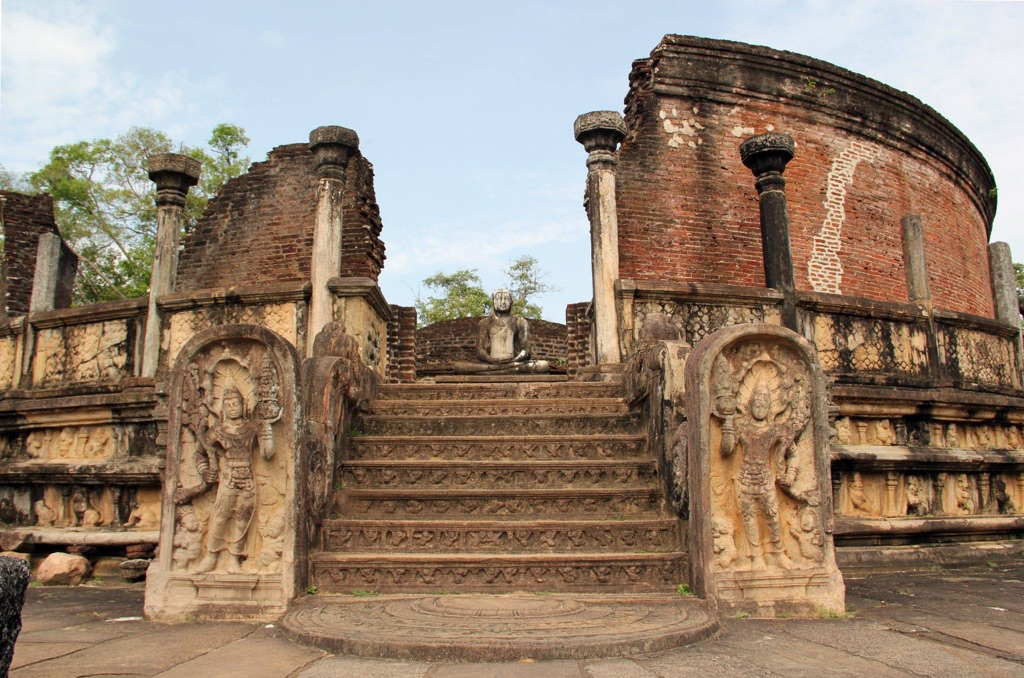
Architectural Highlights/About the Artifact
The Polonnaruwa Vatadage is a circular structure with a small stupa in the center. It is surrounded by four Buddha statues facing the cardinal directions. The structure is enclosed by two stone platforms, the inner one being raised above the outer one.
The Vatadage is known for its intricate stone carvings. The entrance is adorned with a moonstone, a unique feature of Sri Lankan architecture. The moonstone at the Polonnaruwa Vatadage is considered one of the finest examples of this type of carving.
The outer platform features a series of beautifully carved stone columns. These columns once supported a wooden roof that covered the entire structure. The roof is no longer present, but the columns stand as a testament to the architectural skills of the ancient Sri Lankans.
The inner platform houses the central stupa and the four Buddha statues. The statues are made of granite and are in the Dhyana Mudra, the meditation pose. The stupa is small and simple, contrasting with the elaborate carvings on the rest of the structure.
The Polonnaruwa Vatadage is a masterpiece of ancient Sri Lankan architecture. Its design and carvings reflect the religious devotion and artistic skills of the people who built it. Despite the passage of time, the Vatadage continues to inspire with its beauty and elegance.

Theories and Interpretations
There are several theories and interpretations about the Polonnaruwa Vatadage. Some believe it was built by King Parakramabahu I, while others attribute it to King Nissanka Malla. The truth remains a mystery, adding to the allure of the Vatadage.
Another theory revolves around the purpose of the Vatadage. While it is widely accepted that it housed the tooth relic of the Buddha, some believe it may have also been used for other religious ceremonies. The presence of the four Buddha statues suggests it may have been a site for meditation and worship.
The design of the Vatadage has also been a subject of interpretation. Some believe the circular design represents the cycle of life and death in Buddhism. Others see the moonstone at the entrance as a symbol of the path to enlightenment.
The Vatadage’s architectural features have been interpreted in various ways. The stone columns are seen as a symbol of the support provided by the Buddhist teachings. The central stupa is viewed as a representation of the Buddha himself.
The Polonnaruwa Vatadage is a site of historical and religious significance. Its mysteries and interpretations add to its charm and allure, making it a must-visit site for anyone interested in history, architecture, or Buddhism.
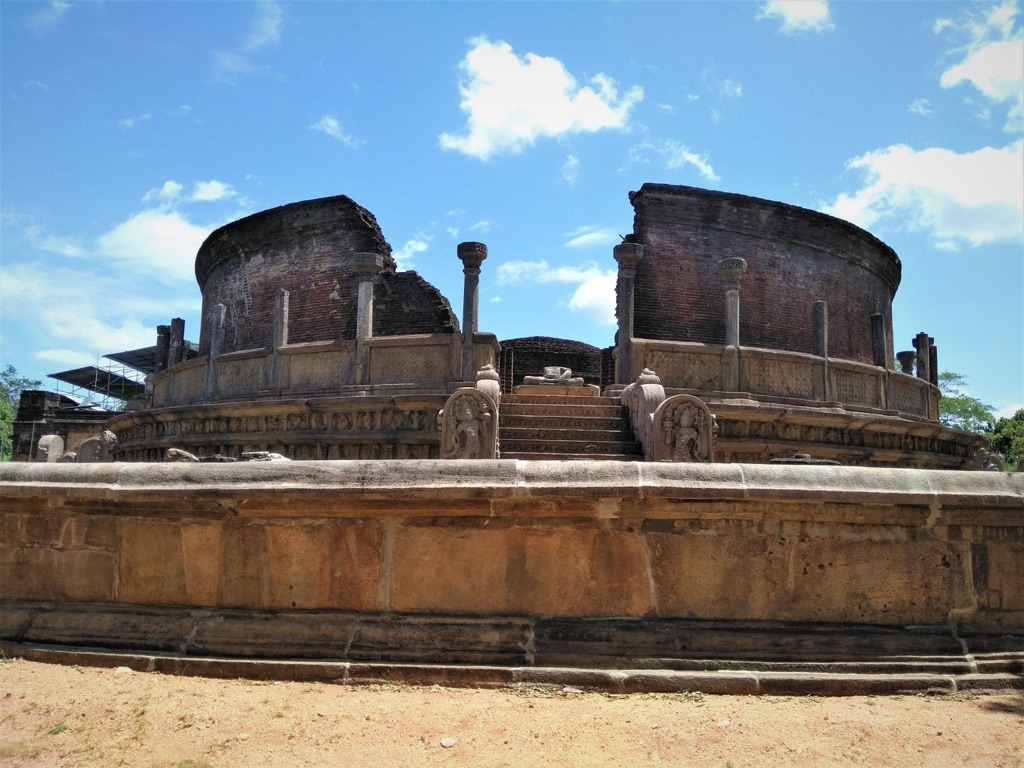
Good to know/Additional Information
The Polonnaruwa Vatadage is part of the Ancient City of Polonnaruwa, a UNESCO World Heritage Site. It is a popular tourist attraction and is easily accessible from the city center.
Visitors are advised to dress modestly as the Vatadage is a religious site. It is also recommended to visit early in the morning or late in the afternoon to avoid the heat.
The Vatadage is surrounded by other historical sites, including the Royal Palace, the Quadrangle, and the Gal Vihara. Visitors can explore these sites to get a better understanding of the history and culture of ancient Sri Lanka.
Guided tours are available for those who want to learn more about the Vatadage and its history. These tours provide insights into the architecture, history, and religious significance of the Vatadage.
The Polonnaruwa Vatadage is a testament to the rich history and cultural heritage of Sri Lanka. Its beauty and elegance continue to inspire visitors from around the world.
